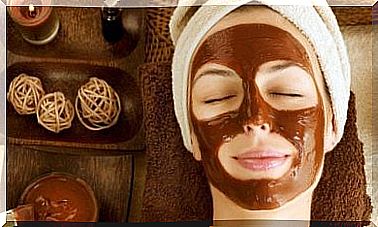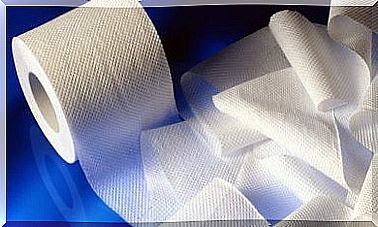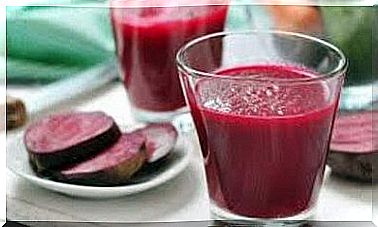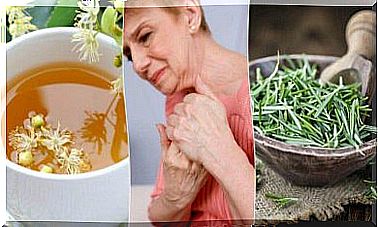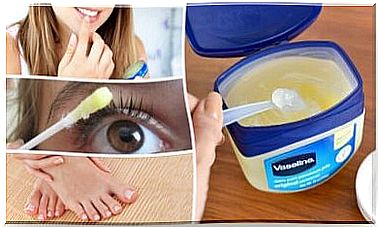Improve The Water Quality In Your Home
These options to improve the water quality in your home will help to keep your body healthy and reduce any risk of illness that comes with drinking contaminated water brings to counteract.

All living things need water to live. That is why we all want our water quality to be correspondingly good. Therefore, improve the water quality in your home in order to actively contribute to keeping your body healthy and to counteract any risk of illness.
Water must meet certain requirements in order to be suitable for human consumption. Overall , it must be free of microorganisms, parasites or substances. Because they can all pose a threat to your health.
In this article, we’re going to look at different ways that you, too, can improve the quality of water in your home.
How does the water get to your home?
As a rule, water enters a household via public or private distribution networks, cisterns or catchment areas. It can be contaminated by infectious agents. Because of this, it is important to clean it before drinking it.
Before you can drink water or use it for cooking or bathing, it must undergo a number of purification processes to ensure its quality. In many countries, many households have hard water that is full of minerals and excess chemicals.
Water intended for human consumption should not exceed 10 intestinal bacteria per liter. It should also be free from chemical contamination, taste, odor, or cloudiness.
The water quality in your home: hard and soft water
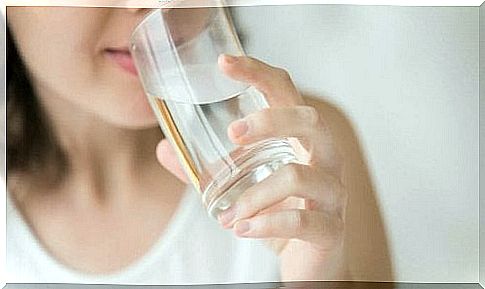
In some residential areas, water that arrives through pipelines contains lime. It is then called hard water because it has a high mineral content. It contains minerals such as magnesium and calcium as well as sediments.
This type of water can be used to irrigate gardens or dispose of organic waste, but is unsuitable for human consumption.
In contrast, soft water contains minimal amounts of mineral salts.
Mineral water and tap water
Some people prefer the nutritional properties of bottled water. These differ from those of the drinking water that comes from the tap.
However, this distinction is not always correct. After all , mineral water can also be contaminated by the filling machines, just like in the pipes.
Mineral water comes from springs and groundwater. It does not receive any treatment and has to meet strict quality standards.
Is It Safe To Drink Tap Water?
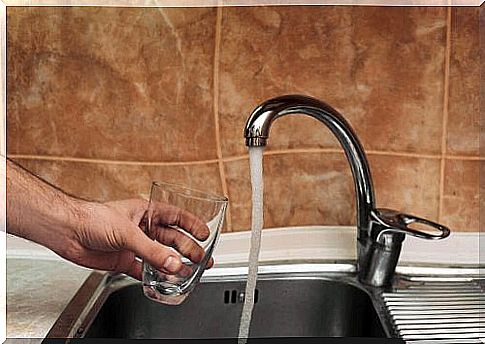
Consumers should be aware of strange smells emanating from their household water supplies. To make sure your water is safe to drink, do a small test.
- First fill a glass with water and then place it in the light. That way you can tell if it’s clean or cloudy. You will also be able to determine whether there are particles or sediments floating on the bottom.
- If the water is not clear or has a bad odor (no matter how slight), this indicates contamination.
What can you do to improve the water quality in your home?
Boiling water is not enough. This process eliminates bacteria and other pathogens, but can also accumulate certain pollutants such as arsenic and nitrate.
Buying a water quality evaluation kit is another way to test the water quality in your home. This will measure the amount of chlorine, nitrates, nitrites, minerals like iron, copper and lead, and the hardness of your water.
If you are unsure about your water, you can send water samples to a certified laboratory. The results of a water sample analysis can help you figure out what to do next to improve the quality of the water in your home.
Another great option for improving your drinking water is by purchasing a filtration system.
Cleaning methods
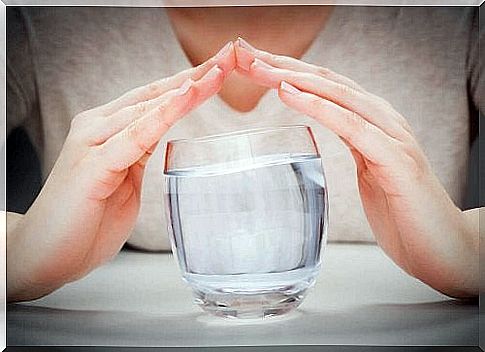
First of all, descaling is one of the ways to clean hard water. The ion exchange process replaces sodium with calcium and magnesium.
In this way you get high quality, tasteless water. This also keeps your household appliances such as kettles, dishwashers and washing machines in good condition.
In reverse osmosis treatment, on the other hand , a semi-permeable membrane is used to remove impurities from the water. This is the most effective option. This is because it desalinates water, eliminates bacteria, smells, and tastes, and prevents damage to your pipes from sediment build-up.
Other products to improve the water quality in your home:
- You can treat soft or medium water with filters to remove chlorine and sediments. A filter placed directly on the tap minimizes the taste of chlorine and lime.
- In addition, a dispenser at the outlet of the pipe can deliver filtered water at any time.
- However, for hard or mineral-rich water , it is better to opt for decalcification or reverse osmosis methods.
